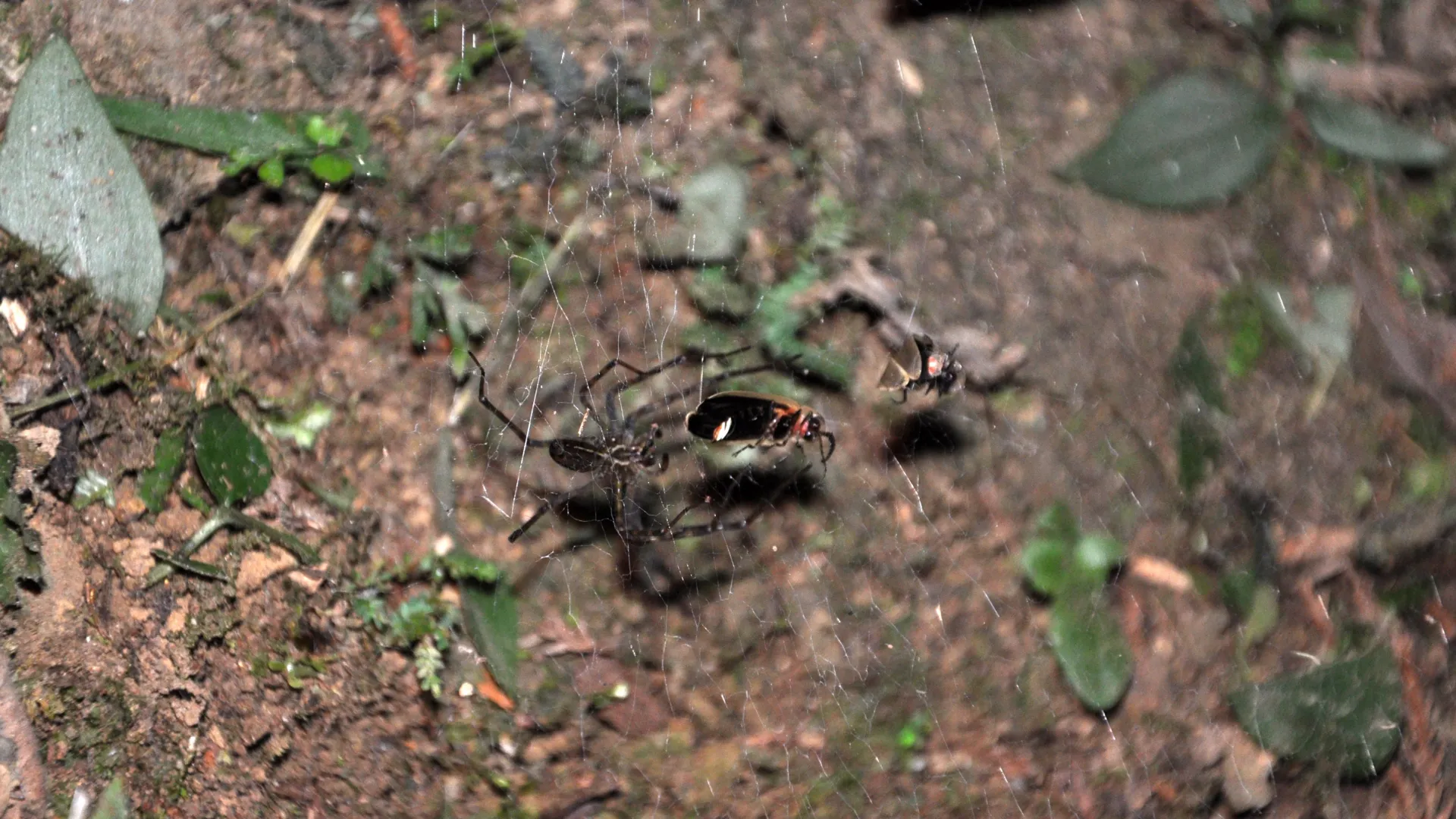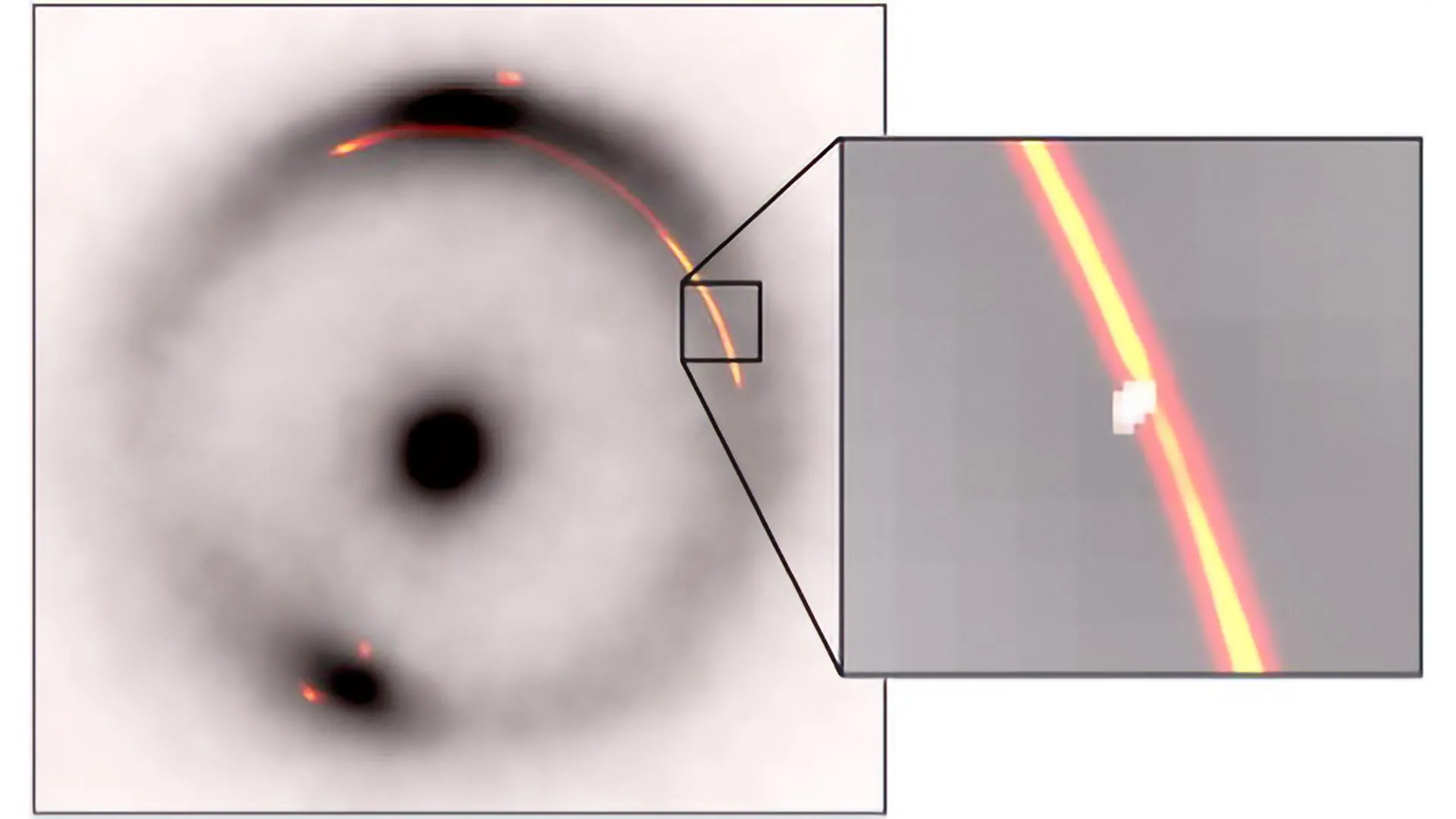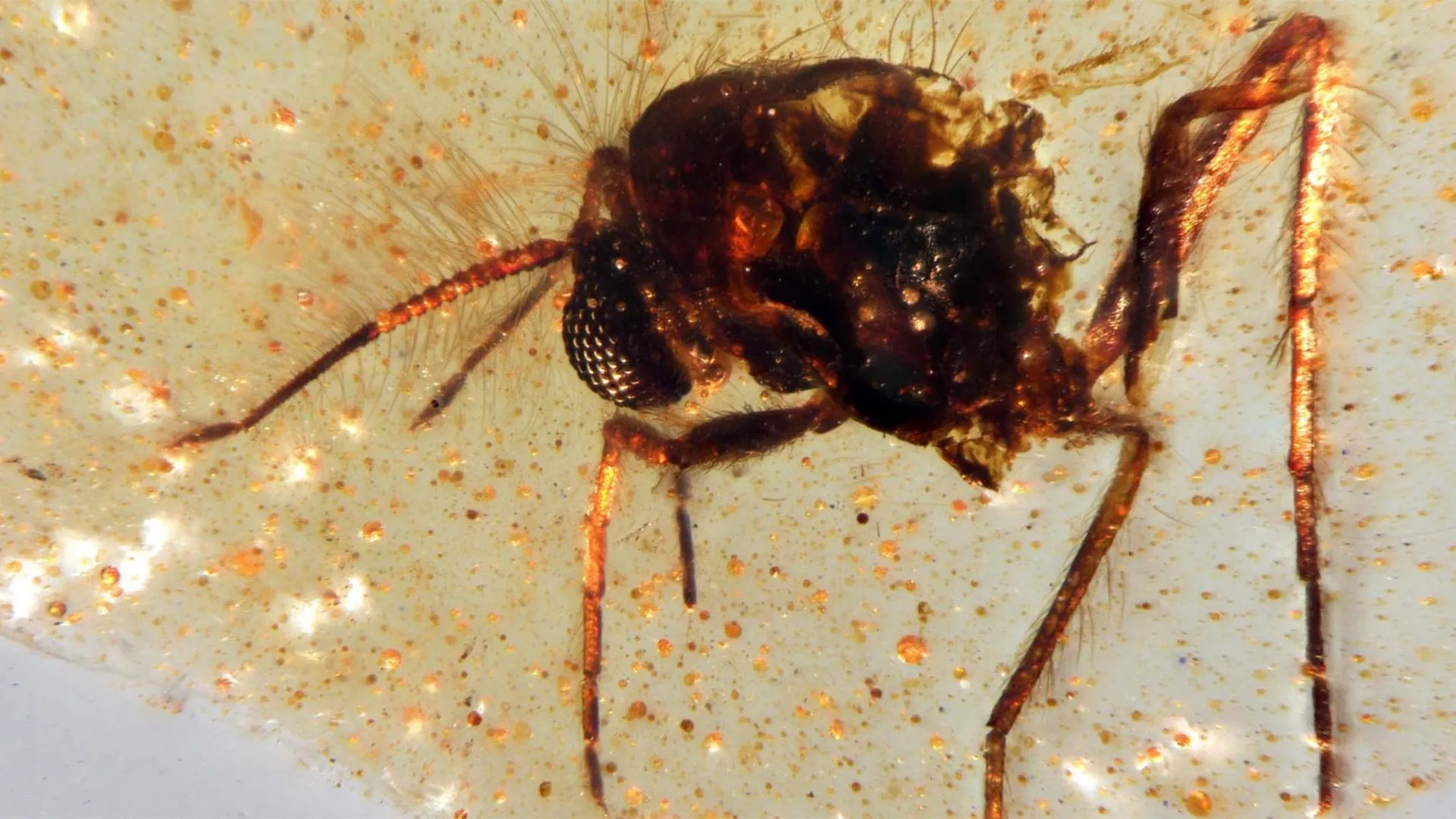Is This Spider Using Fireflies as Bait? Shocking Predator-Prey Strategy Revealed!

Imagine a spider that can turn the very lights of its prey into a clever trap! In an astonishing discovery, ecologists have uncovered a nocturnal spider species that uses the bioluminescent glow of trapped fireflies as beacons to attract more unsuspecting victims to its web. This incredible behavior has been documented in the British Ecological Society's Journal of Animal Ecology, revealing a unique predator-prey relationship that will have you questioning the natural world.
Researchers from Tunghai University in Taiwan had their curiosity piqued when they observed Psechrus clavis, a type of sheet web spider, capturing fireflies and leaving them ensnared in its web to emit their alluring light. Why would a spider do such a thing? These spiders, which inhabit subtropical forests, appear to exploit the fireflies' bioluminescent mating signals to lure in additional prey. The researchers even noted that the spiders frequently checked on their captured fireflies, almost as if they were managing an elaborate baiting strategy.
To delve deeper into this surprising behavior, the team set up an experiment where they placed LED lights mimicking firefly glows in actual spider webs. The results were astounding: webs with LED lights attracted three times more prey than control webs without any lights. And when they focused specifically on fireflies, the attraction skyrocketed to ten times more! This clearly indicates that the captured fireflies serve as bait, enhancing the spiders' hunting success.
One interesting detail emerged from the study — the majority of the fireflies caught in the webs were male, likely mistaking the glow for potential mates. Dr. I-Min Tso, the lead author of the research, expressed that these findings underscore a previously undocumented interaction where firefly signals meant for communication become advantageous for the spiders, highlighting the complexities of predator-prey dynamics.
Moreover, the researchers speculate that this behavior likely evolved in sheet web spiders as a cost-saving mechanism, allowing them to forgo developing their own bioluminescence like other predators, such as anglerfish. Instead, they cleverly outsource the task of attracting prey to the very creatures they capture.
This fascinating spider, Psechrus clavis, not only demonstrates exceptional hunting skills but also showcases how the natural world continuously surprises us with its intricate relationships. With video footage capturing the spiders' distinctive strategies for handling different prey species, including moths and fireflies, the study sheds light on their adaptive behaviors. These spiders adapt their reactions based on the bioluminescent signals, hinting at a sophisticated level of prey recognition.
The research team conducted their study in the tranquil setting of the conifer plantation forest at National Taiwan University's Xitou Nature Educational Area. Although they used LEDs to mimic the fireflies, the researchers noted that real fireflies would yield a more accurate picture of this fascinating interplay, albeit with the challenge of capturing them for experiments.


















